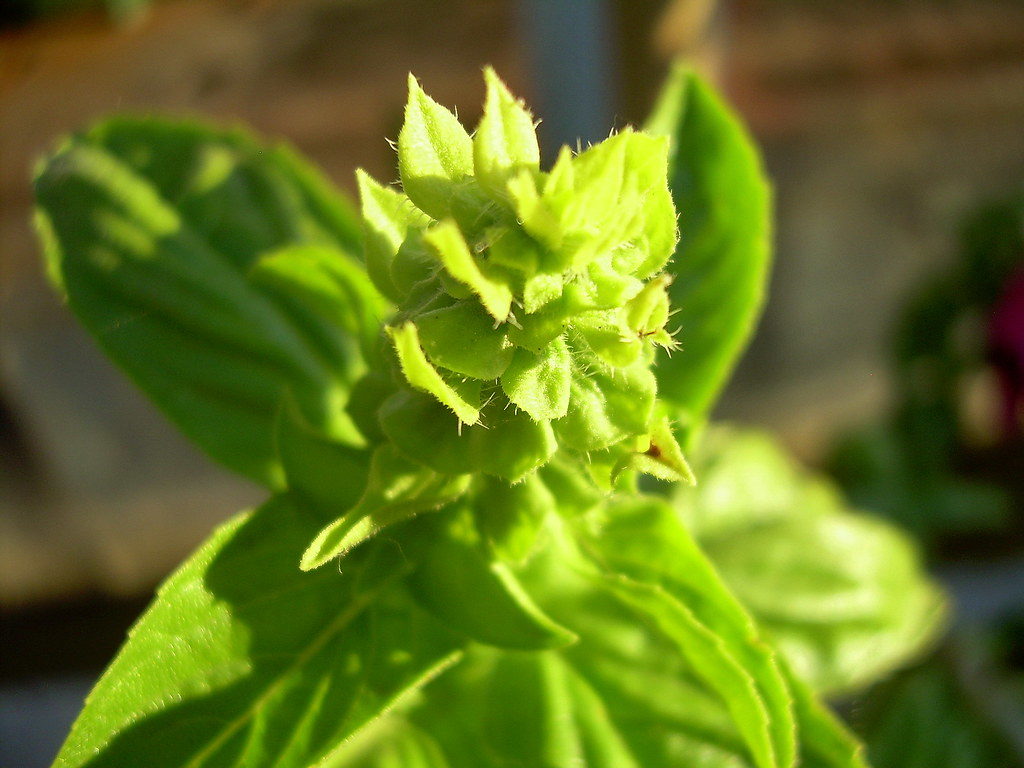Tulsi vivah, the ceremonial marriage of Tulsi plant (holy basil) to God Vishnu is performed in Kartik month of the Hindu calendar. It is mentioned in Padma Puran and other ancient scriptures. This ceremony is performed anytime between Prabodhini Ekadashi to Kartik Purnima i.e. either in October or November. The actual day of Tulsi vivah differs from one region to another. It marks the end of monsoon season (global warming and side effects were unknown!) and the start of Hindu wedding season.
The Story of Tulsi and Jalandhar
Tulsi was Vrinda in her previous birth. To the Daityaraj Kalnemi, the king of Mathura, a girl was born. Her parents named her Vrinda. She became a devotee of Vishnu from her childhood. When Vrinda grew up she was married to a demon named Jalandhar.
Now a bit about Jalandhar. In a different context, Lord Shiva got annoyed with Indra and opened his third eye. Guru Brahaspati apologized to Lord Shiva and requested him to forgive Indra. Therefore, Lord Shiva sent the fire from his eye into the ocean. A baby boy was born out of it. This boy became the mighty demon king Jalandhar. The name of his capital too was Jalandhar.
Having emerged from the ocean water Jalandhar staked his claim on the treasures churned out of the ocean. The gods refused to acknowledge his claim. Jalandhar declared war and became a danger to Devas (Gods). Nobody could kill him because he had the boon that till his wife Vrinda was chaste death could not touch him.
The fierce battle went on. The Devas asked Vishnu for help. Vishnu wanted to help them but could not kill Jalandhar because of his promise to wife Lakshmi, who considered Jalandhar her brother as he too was born out of the ocean like her. So, Devas were defeated by the Asuras (demons), and Jalandhar became the king of heaven, earth, and pataal (the netherworld).
- Also Read The Lesser Known Stories About Diwali
The Devas consulted sage Narad. Plan B was hatched. Accordingly, Narad went to Jalandhar and during conversation deliberately described in detail how Shiva had the more beautiful area of Kailash as his abode and the most beautiful wife Parvati. Jalandhar was egoistic and had the compulsion to acquire everything that he desired. His lust and ego propelled him to acquire both Shiva’s wife and home.
Again, a ferocious battle ensued. Jalandhar had mastered the ability to change form. While the war was going on, he disguised himself as Shiva and went to Parvati to trick her. She saw through his disguise and recognized him. She attacked him but he escaped. Parvati then complained to Vishnu and asked him to trick Vrinda just as Jalandhar had tried to trick her.
Now Vrinda, determined to stay a suhagan, would sit and perform pooja (prayers) whenever Jalandhar went for battle. She never got up from the pooja till he came back home. This time too, she was busy performing her pooja for the victory and long life of her husband. The Devas requested Vishnu to intervene. Vishnu was in a fix. Vrinda was his devotee. He just could not deceive her. But again, the Devas urged him. So, he took the form of Jalandhar and went to Jalandhar’s palace. Seeing him Vrinda got up from her pooja and touched his feet.
This broke Vrinda’s pledge and her husband lost his life in the battle. Lord Shiva killed him. Jalandhar’s head was thrown in their palace. Dumbfounded she looked at her husband’s head and asked in a steely tone, ‘Who is standing before me? Whom have I touched?’ A sheepish Vishnu came into his original form. Vrinda understood that she had been tricked by him. She was angry at this deception. She cursed Vishnu to turn into the very stone, suited to the way he had behaved, since stones are heartless. And Lord Vishnu became stone – Shaligram. The whole creation became unbalanced. Lakshmi and all the gods implored and prayed to Vrinda to take back her curse. For the welfare of the creation, she took her curse back. She took it back, but to his credit, Vishnu had taken his punishment without protest.
Vrinda took her husband’s head in her lap and immolated herself in the fire. From her ashes sprang a plant. Vishnu named that plant Tulsi. He declared that one of his forms (the stony one) will be called Shaligram and it would always be worshipped with Tulsi. Tulsi will find a place in all the houses and be worshipped. The first offering to him should be of Tulsi, otherwise, he would not accept the rest of the offerings. From then onwards started the tradition of honoring Tulsi by performing Tulsi vivah in the month of Kartik.
Celebrating Tulsi Vivah
The married women keep a fast and perform the Tulsi vivah for the well-being of husband and members of the family. The daughterless couples pay for the arrangements so that they may get the punya of kanyadaan. Widows cannot take part in these celebrations. The vivah takes place at homes, temples and with changing times in halls and hotels as well.
Changing times have changed our thinking also. The blatant patriarchy in this myth, which gives the women a secondary status becomes obvious. Jalandhar’s power is because of Vrinda’s chastity. Vrinda can pray for him, but why cannot she dissuade him from following the wrong path? And mere touching Vishnu’s feet shatters her chastity! And she must immolate herself in the fire! Myths should be accepted as myths and taken with a pinch of salt.
Note: The target audience is youngsters with the aim to familiarize them with mythology. The story should be used with a dose of reason to enhance their analytical skills. The aim is not to ruffle the feathers of staunch believers.
Image Credit: “I think this is basil…” by Skywatcher_bg is licensed under CC BY-NC-SA 2.0

